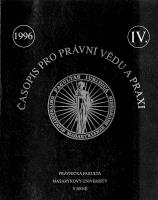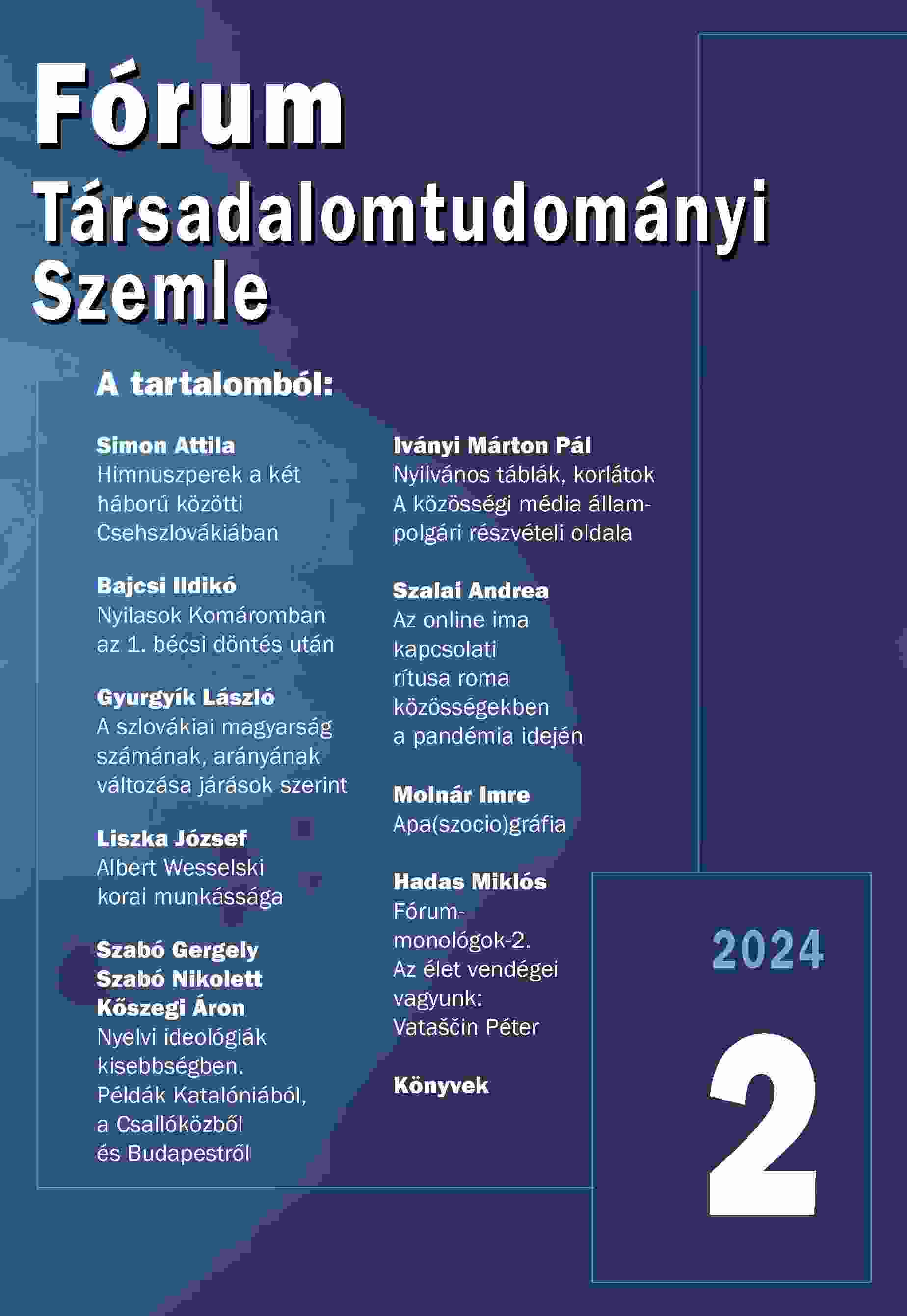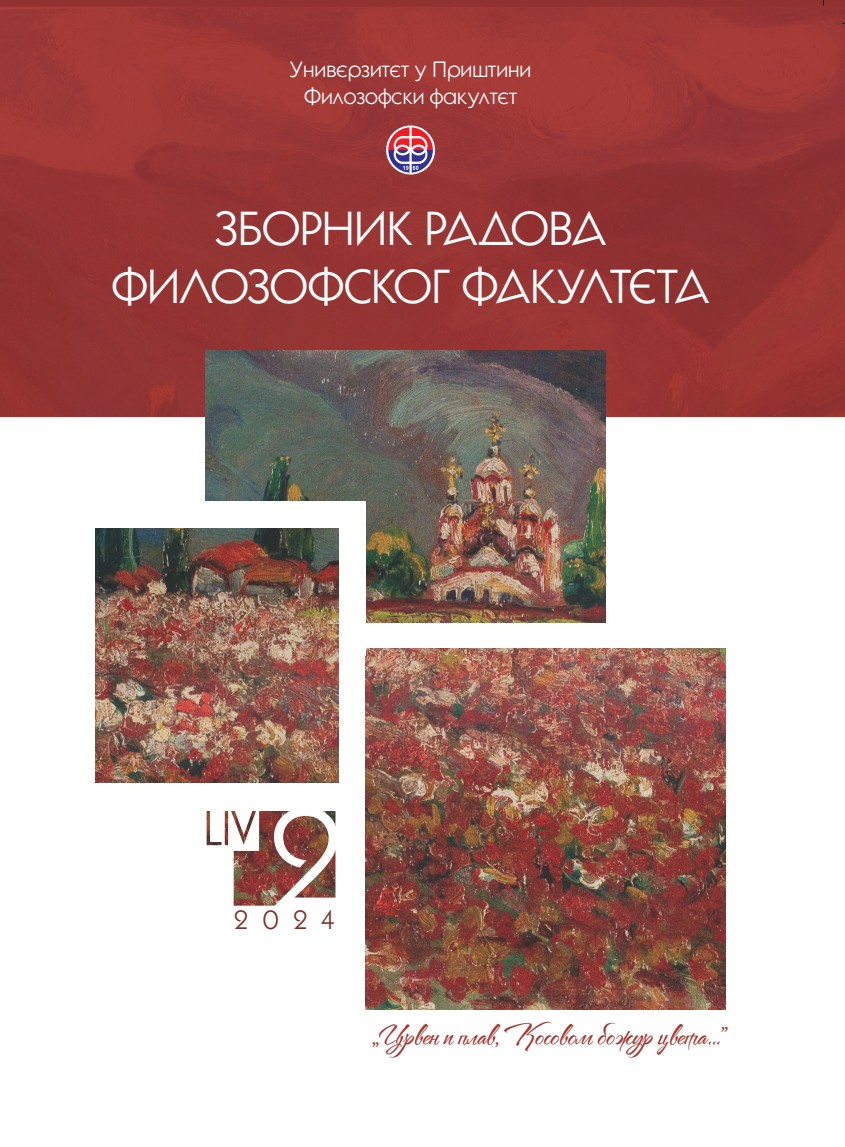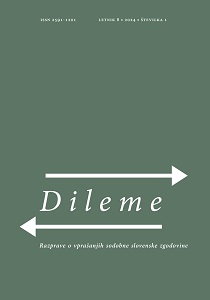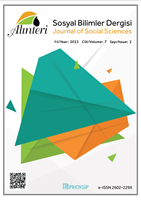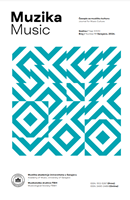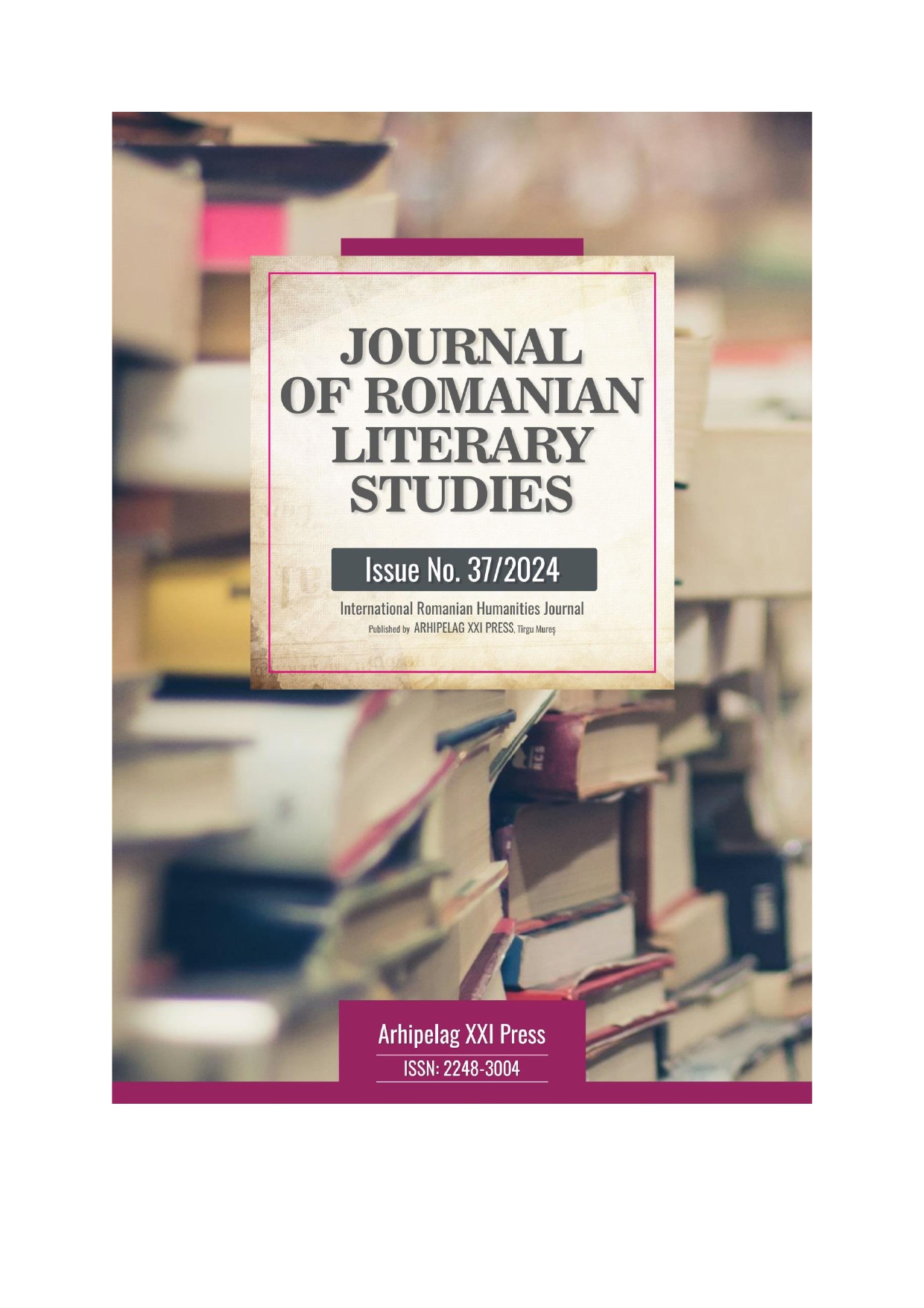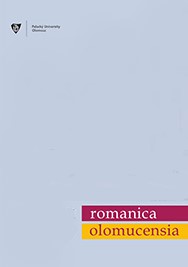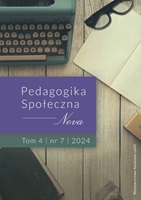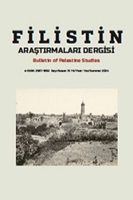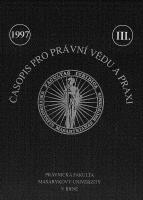
Několik poznámek k problému rostoucího násilí
The article describes the issue of increasing violence, defining it as actions causing harm to others, whether physical or psychological. It highlights the traditional European cultural aversion to violence, rooted in Western Christian values. The text examines the socio-demographic factors influencing violence, such as gender, age, and socio-economic status, noting its concentration in urban areas like Prague and Ostrava. The role of media in spreading violence is also discussed, with references to theories on the "contagion" of violence. Preventive strategies are emphasized over repressive measures, suggesting community involvement and thoughtful urban planning as key solutions. The article concludes by stressing the importance of societal engagement in combating violence and maintaining public safety.
More...
